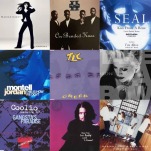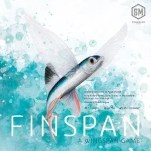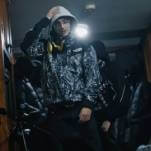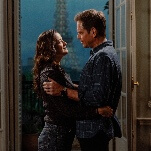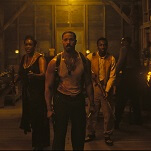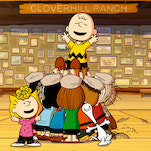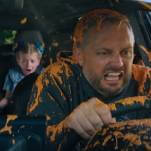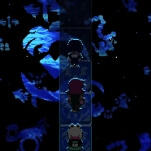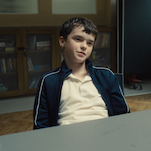Maybe Resident Evil’s crappy controls were a new take on a classic horror cliché
Masters Of Horror
We closed out October, the spookiest of months, with Anthony John Agnello’s look back at the career of Resident Evil creator Shinji Mikami. Anthony argued for a grand unifying theory that explains the throughline between the famous game director’s work—how regardless of aesthetic, story, or setting, they’re all thrillers that generate tension through scarcity. Mikami’s medium, Anthony argued, was never horror, and when he tried to dip into that explicitly with The Evil Within it was a mess. Kyle OReilly took to the comments with their take on what went wrong:
What makes RE work that Evil Within doesn’t have is that double culture filtration. “Double Culture what now?” you say! It’s when you see tried and true American horror cliches regurgitated back to you by someone to whom they are foreign. Resident Evil games are zombie games, and they pump out zombie tropes like a bakery line, but there’s always something just a little off. Whether it’s the place you are fighting the zombie (a shark tank in the bottom of a mansion) or what comes out of the zombie when it dies (a potted plant). It gives them a little bit of wonk and charm to go along with the chills. Lots of great Japanese video games have this twisting of our own tropes and feeding them back to us (JRPGs continually messed up versions of Christianity being a personal fave) but Evil Within doesn’t seem to. It’s weird because it’s still Japanese developers, albeit it with more Westerners sprinkled in, but Evil Within never feels like a Japanese version of American Psych-Horror or anything. It just seems generic and charmless.
Lovely Weather, Eh? looked at it another way:
I think it’s partly a matter of sources. Mikami certainly doesn’t do cosmic or psychological horror well, but I’ve always felt like he’s imitating American horror movies. The scarcity you’re talking about is totally present in those, represented by the difficulty horror characters have with turning on cars or opening locked doors. The mundane tasks of everyday life become obstacles in the way of escaping extraordinary peril. Mikami’s approach to guns imitates that by taking what is usually reliable in games (violence) and making it risky, even vulnerable.
The End Of An Odyssey?
Our ongoing coverage of Super Mario Odyssey continued with a few more posts this week. First, Clayton Purdom weighed in with what he saw as the best way to play through Mario’s latest adventure: not faffing around in the kingdoms on your first playthrough, and saving most of your exploring until after the credits, when tons more stuff opens up. In the comments, Sandler’s List talked about their approach and how Odyssey’s design reflects the series’ heritage:


